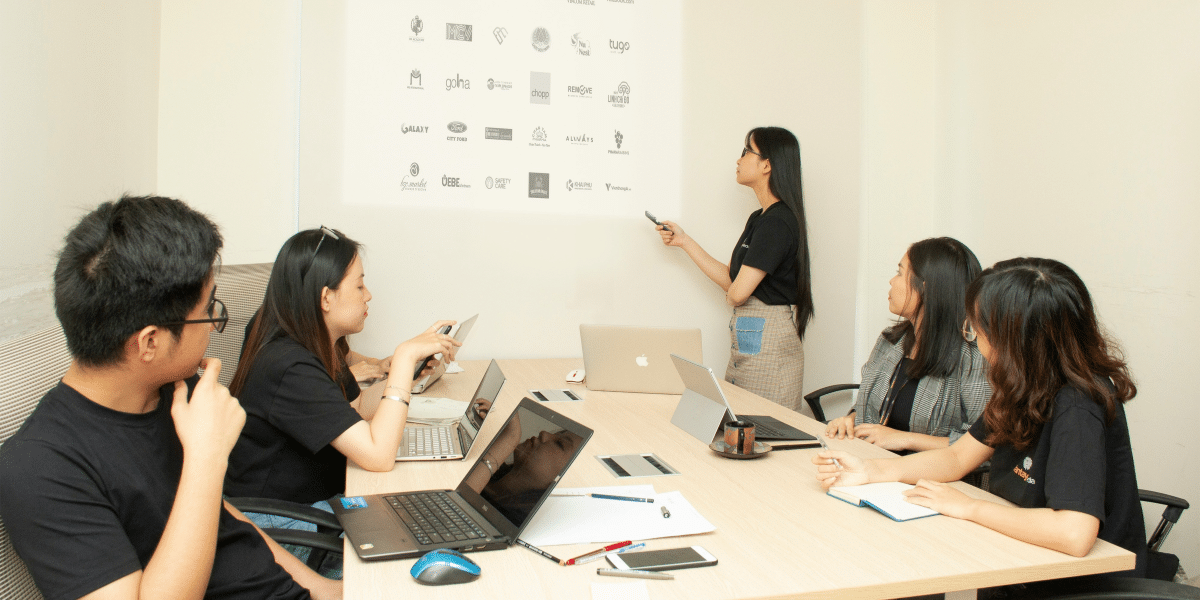As technology advances at an unprecedented rate, the relationship between humans and machines is becoming more complex and integrated into daily life. Human-machine interaction (HMI) is a field that explores the communication and collaboration between people and machines, aiming to improve how they work together seamlessly. Understanding and optimizing this interaction is crucial for developing more intuitive and effective technology, from smartphones and smart home devices to industrial robots and artificial intelligence (AI) systems.
The Evolution of Human-Machine Interaction
The field of human-machine interaction has evolved rapidly over the past few decades, transitioning from simple mechanical interfaces to highly sophisticated, AI-driven systems. Early interactions were limited to basic commands through keyboards or control panels, but today’s technologies allow for more dynamic and natural forms of communication, including voice commands, gestures, and even eye-tracking.
The development of more advanced interfaces is driven by the need to make machines more accessible and efficient for humans. This shift is especially important as machines become a greater part of both personal and professional environments, from virtual assistants like Amazon Alexa and Google Assistant to industrial robots used in manufacturing.
Enhancing Usability and Accessibility
One of the primary goals of HMI is to enhance usability and accessibility. As machines become more integrated into everyday life, these systems must be designed to be user-friendly and intuitive, even for people with little technical expertise. A significant part of this process involves simplifying how machines receive and interpret human inputs.
For instance, voice recognition technology has made it easier for users to interact with devices without needing to understand complex commands. By making machines respond to natural language and speech patterns, HMI improves the accessibility of technology for a wider range of users, including those with disabilities.
Artificial Intelligence and Human-Centric Design
Artificial intelligence plays a key role in human-machine interaction by enabling machines to learn from human behavior and adapt accordingly. Through AI, machines can analyze user data, understand preferences, and make informed decisions. This capability improves efficiency and creates a more personalized experience for users.
Human-centric design is at the core of this approach, ensuring that machines are built with humans’ needs and limitations in mind. AI systems are increasingly being designed to anticipate user behavior, learning how to better serve individuals in their unique contexts. Whether it’s a virtual assistant learning a user’s daily routine or an industrial machine adapting to an operator’s work patterns, the future of HMI is focused on creating responsive and adaptable systems.
Applications of Human-Machine Interaction
Human-machine interaction has applications across a wide range of industries. In the healthcare sector, HMI technology is being used to improve patient care through robotic surgeries, telemedicine, and wearable health devices. These systems help medical professionals monitor patients, diagnose conditions, and even perform surgeries with greater precision and minimal invasiveness.
HMI is revolutionizing production lines in manufacturing by introducing collaborative robots (cobots) that work alongside humans. These cobots are designed to assist workers by handling repetitive or dangerous tasks, improving both productivity and safety. By facilitating smoother interactions between machines and human workers, companies can achieve greater efficiency while minimizing the risk of accidents.
Challenges in Human-Machine Interaction
Despite the advancements in HMI, there are still significant challenges that need to be addressed. One of the primary challenges is ensuring that machines can accurately interpret and respond to human inputs, especially in situations that involve complex tasks or ambiguous language. Miscommunication between humans and machines can lead to inefficiencies or even dangerous situations, particularly in high-stakes industries like healthcare and aerospace.
Another challenge is maintaining a balance between automation and human control. While machines can perform many tasks more quickly and accurately than humans, there are concerns about over-reliance on technology. Ensuring that humans remain in control and can override machine decisions when necessary is crucial to designing HMI systems.
The Future of Human-Machine Interaction
As human-machine interaction continues to evolve, the future holds exciting possibilities. The rise of immersive technologies, such as augmented reality (AR) and virtual reality (VR), is expected to significantly transform how humans interact with machines. These technologies can create more immersive and engaging experiences, making it easier for people to visualize data, operate machinery, or collaborate in virtual spaces.
Additionally, advancements in AI and machine learning will further improve machines’ ability to understand and respond to human needs. With continuous learning, machines will become more efficient, accurate, and adaptive, enhancing their ability to work alongside humans in various settings.
The ultimate goal of human-machine interaction is to create systems that empower humans to achieve more while making technology easier to use and more responsive to individual needs. As this field continues to grow, it will unlock new opportunities for innovation across industries, from healthcare and manufacturing to education and entertainment.
For more insights into human-machine interaction and its future impact, read the full article at vinherald.com.
Published by: Holy Minoza






